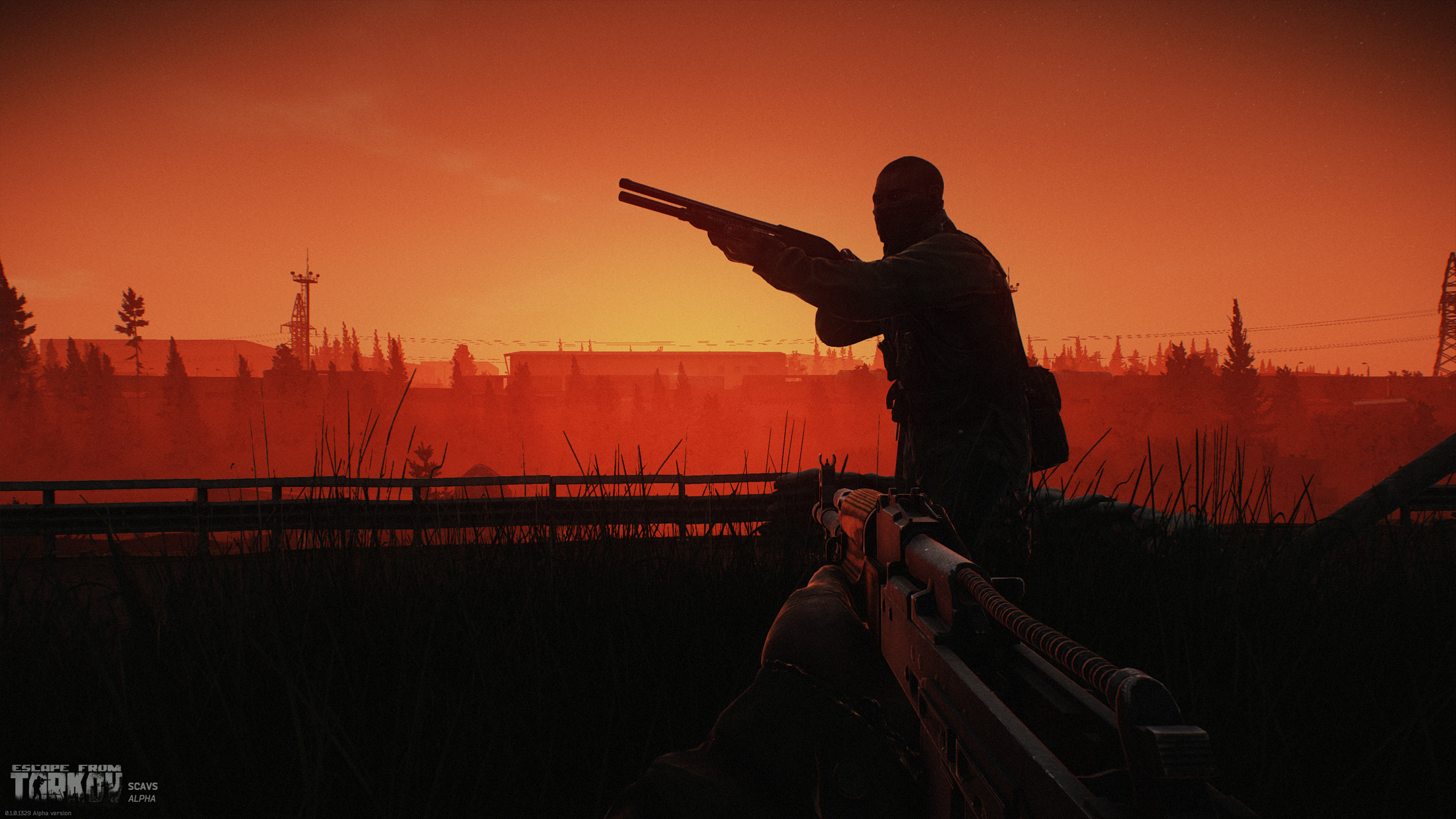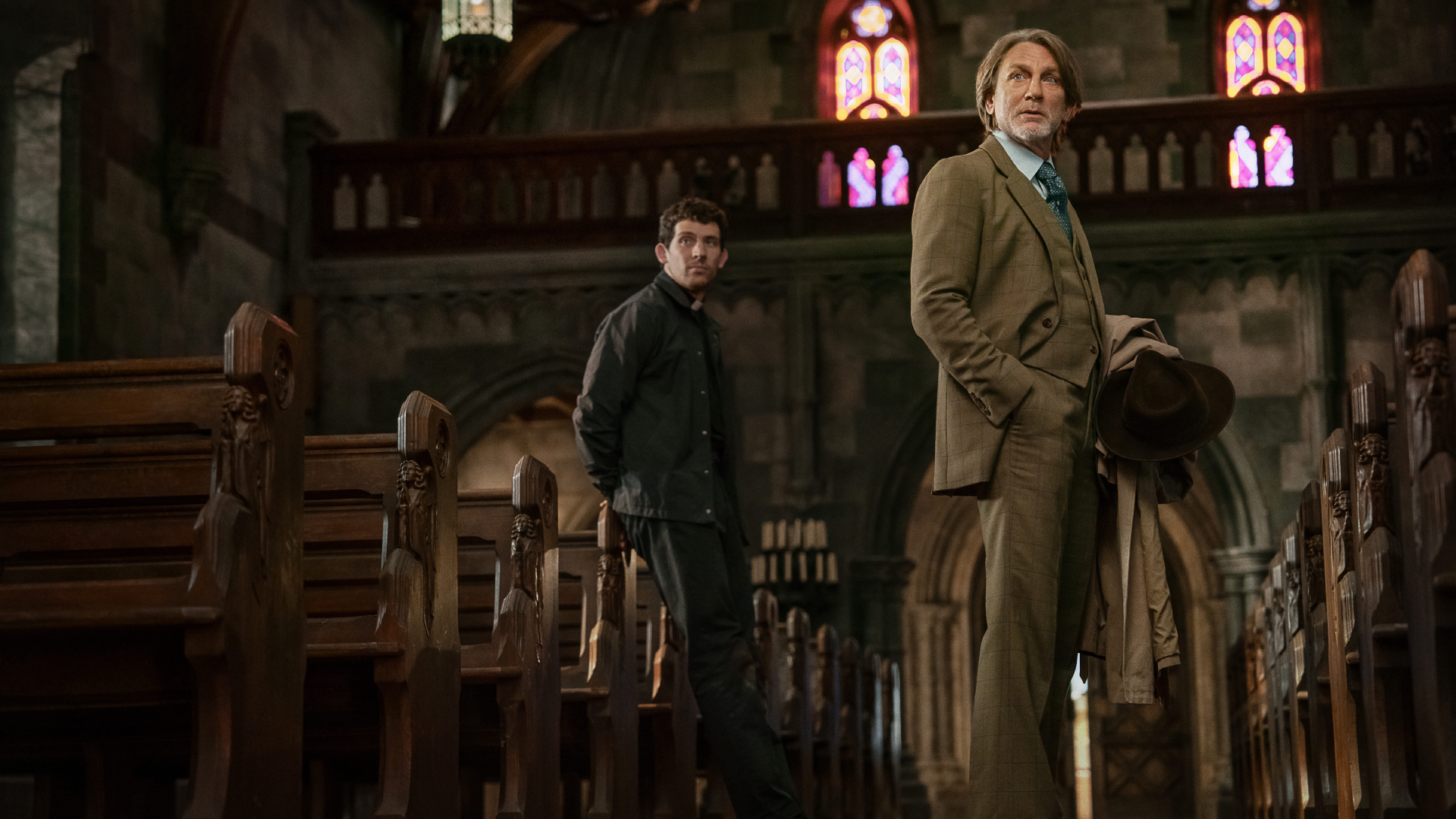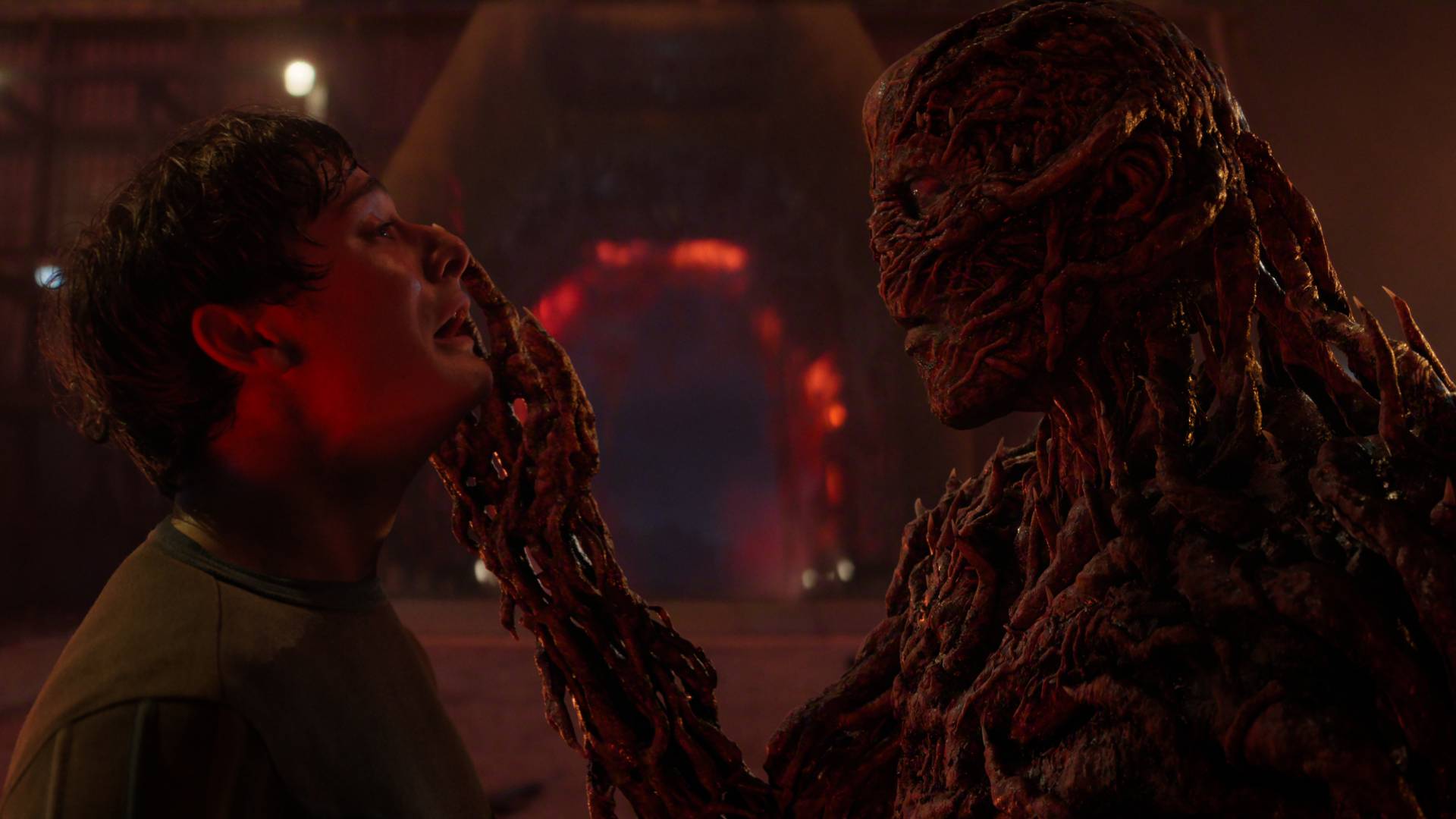Where is The Witcher 4 setting Kovir? Everything we know about the little-known kingdom that got a minor shout-out in The Witcher 3
CD Projekt Red's new RPG features a never-before-seen region
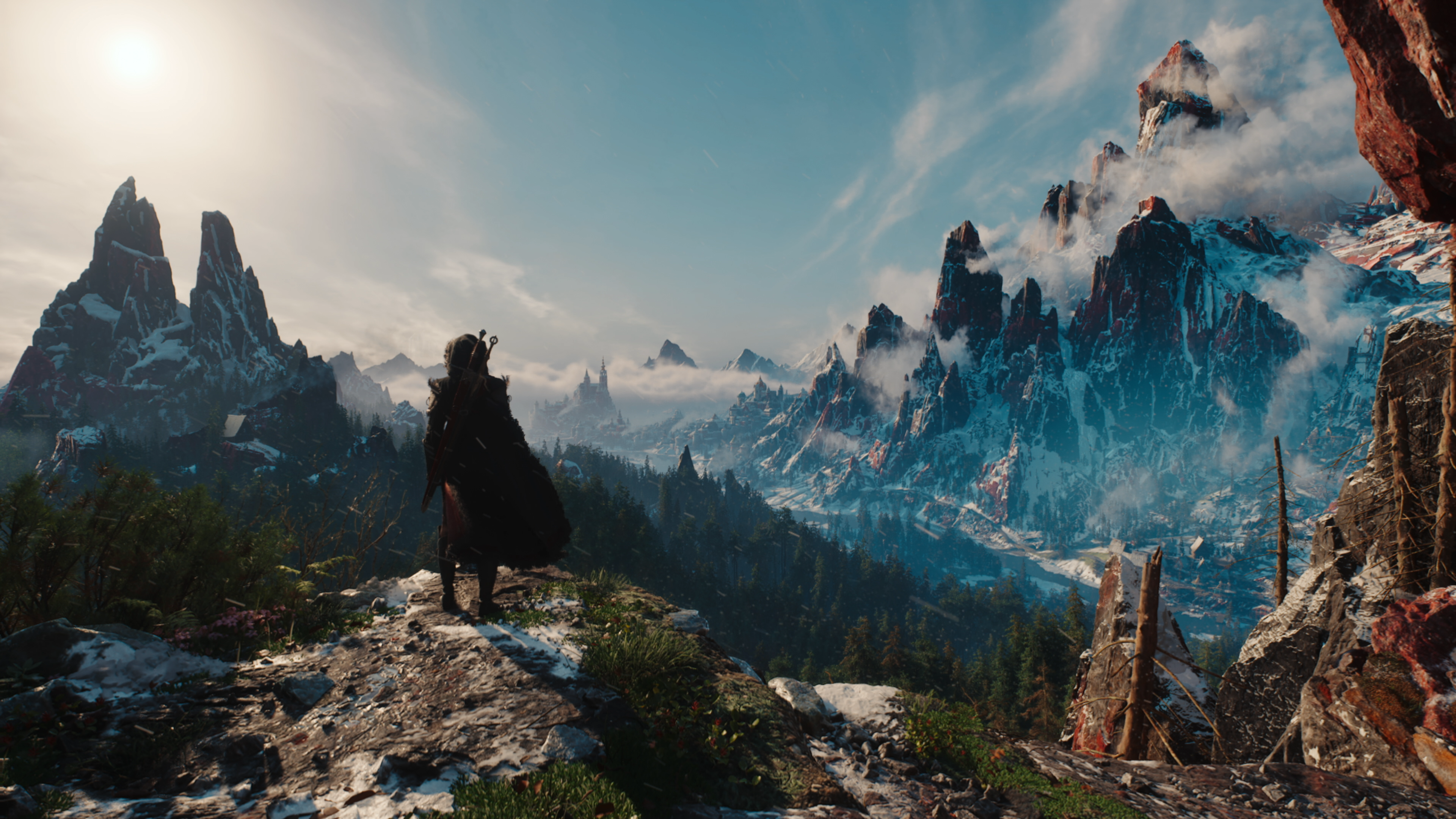
During today's State of Unreal 2025 live stream, CD Projekt Red unveiled some more of The Witcher 4 and its features in a new tech demo – including a first look at Kovir, the northern kingdom only previously mentioned in past RPGs.
If you're scratching your head at The Witcher 4 setting, you wouldn't be alone. The kingdom of Kovir and Poviss stands as a region that players weren't actually able to explore at all in The Witcher 3 as Geralt. Everything we know about the Northern Kingdom stems from some minor in-game references and details gathered from author Andrzej Sapkowski's The Witcher books, which arguably makes it obscure enough to not remember well.
What is Kovir, the setting of The Witcher 4?
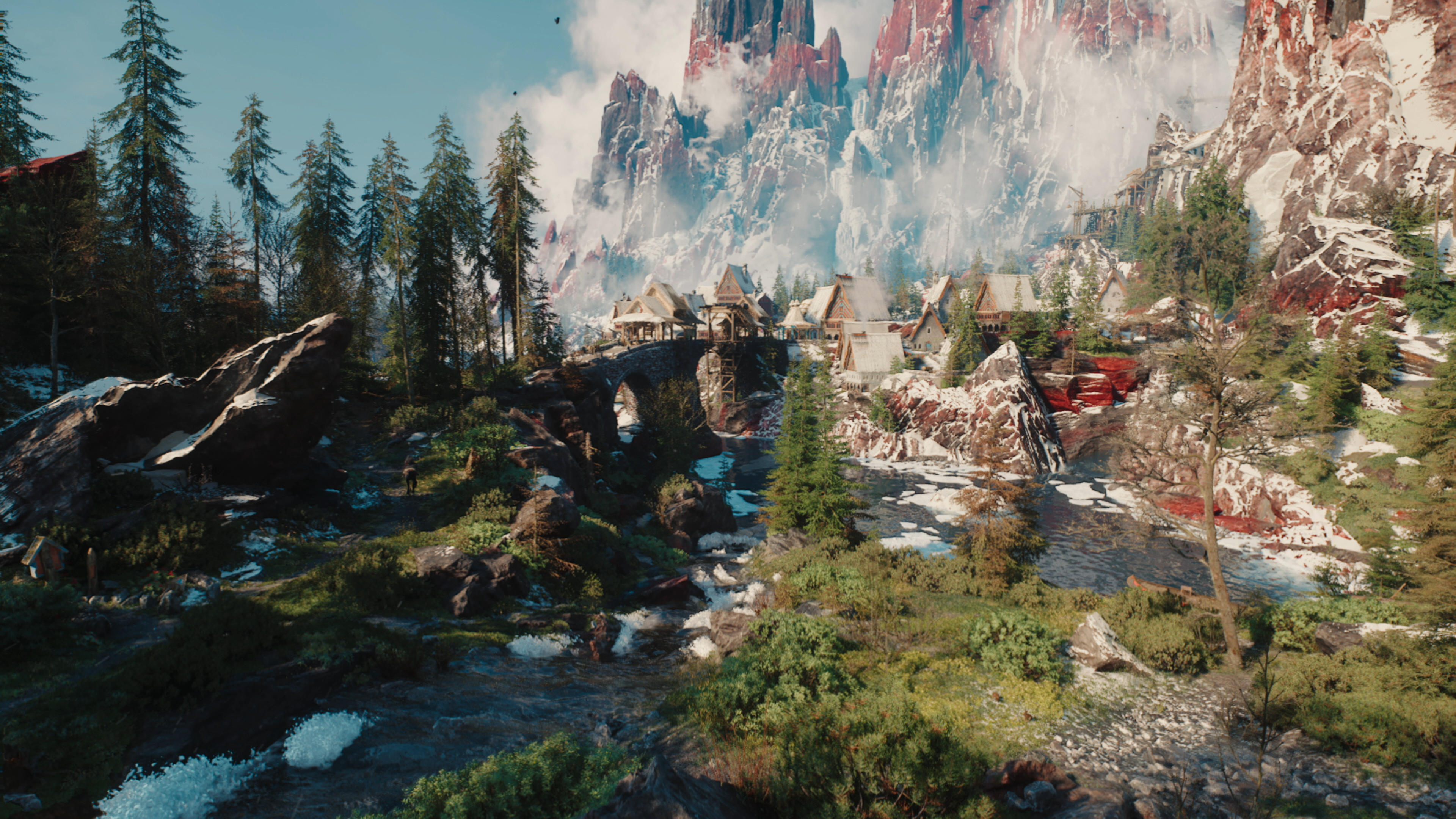
Two of the most significant mentions of Kovir can be found in The Witcher 3, with the first being a lore book aptly dubbed "Kovir and Poviss." This in-game book rests idly on various bookshelves throughout Wild Hunt, but it contains a wealth of information about the region, including tidbits about its history and reputation. If you don't read everything you come across, it's highly likely you'll miss it. The book's entry reads as follows:
Kovir and Poviss are, without a doubt, the richest realms in the North. Few today remember that this was not always the case, yet their poverty was once literally on everyone's lips, in the form of now-antiquated common sayings. As recently as the days of Heribert the Quarrelsome, one spoke of a particularly impoverished person as being "poorer than a mouse from Poviss," called bone broth "Koviri delight," and referred to beggars as "praxedes," after the bay along the shores of which these kingdoms lie.
Similarly, few remember that a mere handful of generations ago, Kovir and Poviss were still part of Redania. King Radovid I, known as Radovid the Great, handed dominion over them to his hated brother, Troyden, with one stipulation - that he never leave his newly-acquired demesne and not interfere in matters of state.
Handing over this rocky scrap of far-northern ground (where, the saying went, the year had two seasons - August and winter) was naturally meant as a cruel joke, a slap in the face for the over-ambitious Troyden.
Yet time soon proved that Radovid the Great had made a grave error. Before long, it was discovered that Kovir's bare rocks hid priceless treasure in the form of enormous deposits of precious metals and rock salt. This discovery, in turn, led to tremendous growth in productive industry. Mills, forges, and workshops sprouted up like mushrooms after a hearty rain.
Radovid III decided to correct his famous forebear's mistake and take back the northern frontiers of his kingdom. He was convinced the combined armies of Redania and its then-ally Kaedwen would quickly bring this ever more audacious vassal in line. History took a different turn, however, and Kovir won a resounding, crushing victory. Radovid III was forced to sign the First Treaty of Lan Exeter, granting Kovir independence while binding it to eternal neutrality - a promise Troyden's successors have kept with great diligence.
Weekly digests, tales from the communities you love, and more
Until recently, Kovir was ruled by Esterad Thyssen, a king as wise as he was greedy. Yet his untimely demise did not stop his lands from continuing to develop and blossom. Koviri metallurgists proudly compete with the best Mahakam can offer, and many believe the University of Lan Exeter long ago surpassed the famous Oxenfurt Academy as the leading seat of higher learning in the North. And so it has come to pass that, over the course of a few generations, the inhabitants of Kovir and Poviss have turned from paupers into princes, from beggars into bankers.
That's not the only taste of Kovir we get in The Witcher 3, however – depending on who you choose to romance, you might hear more about the region at the end of the game. Should you opt to stay with Triss Merigold over Yennefer, the game's post-credits narration will advise you that she and Geralt go on to move to Kovir. There, Triss ends up acting as court advisor to King Tankred Thyssen, the only son of Esterad Thyssen.
Does that mean it's one of The Witcher 3 endings that most qualify as the "canon" finale for Geralt? There's no telling until The Witcher 4 releases, but it's still not the only time Kovir is relevant in a past CD Projekt Red RPG. The kingdom also comes up in The Witcher 2, when Letho of Gulet reveals King Esterad was supposed to be the first target of the Kingslayers in an assassination attempt that never ends up coming to fruition.
As for The Witcher books, including the latest, which is out now, they offer more technical information on the region. Standing strong as the largest exporter of mineral resources, famed for its glass industries, and rich in mountains and mines, Kovir is situated north of Redania on the Gulf of Praxeda. Unsurprisingly, the mineral-rich realm exports chromium, copper, glass, iron ore, lead, nickel, platinum, salt, silver, tin, titanium, tungsten, and zinc.
The Northern Kingdom also accounts for 80% of the world's gold, as described in the fourth Witcher book, The Tower of the Swallow. Lan Exeter serves as Kovir's winter capital, while Port Vanis is its summer counterpart – two areas we're sure to see in The Witcher 4. We may get to explore territories like Creyden, Narok, Poviss, Talgar, and Velhad, too, but CD Projekt Red has yet to provide more details on the new game's map.
Hopefully, we don't have to wait much longer to learn about the ins and outs of Kovir in the upcoming CD Projekt Red game – but until then, details from the Witcher series' prior entries and Sapkowski's books should tide us over.
Need even more to look forward to? Here are other new games coming this year and beyond.

After spending years with her head in various fantastical realms' clouds, Anna studied English Literature and then Medieval History at the University of Edinburgh, going on to specialize in narrative design and video game journalism as a writer. She has written for various publications since her postgraduate studies, including Dexerto, Fanbyte, GameSpot, IGN, PCGamesN, and more. When she's not frantically trying to form words into coherent sentences, she's probably daydreaming about becoming a fairy druid and befriending every animal or she's spending a thousand (more) hours traversing the Underdark in Baldur's Gate 3. If you spot her away from her PC, you'll always find Anna with a fantasy book, a handheld video game console of some sort, and a Tamagotchi or two on hand.
You must confirm your public display name before commenting
Please logout and then login again, you will then be prompted to enter your display name.
